May 17, 2025 | 05:27 GMT +7
May 17, 2025 | 05:27 GMT +7
Hotline: 0913.378.918
May 17, 2025 | 05:27 GMT +7
Hotline: 0913.378.918
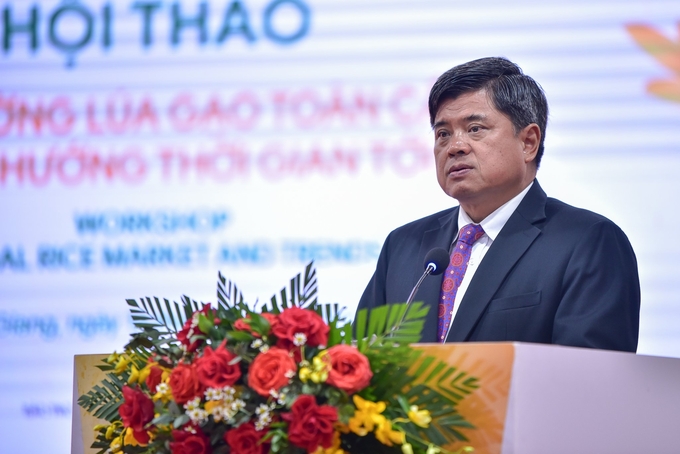
MARD Minister Tran Thanh Nam delivering speech at Workshop on Global Rice Market and Trends on December 13. Photo: Tung Dinh.
MARD Deputy Minister Tran Thanh Nam stated that the rice industry is vital to the agriculture of Vietnam and several other countries on a regional and international scale at the Workshop on Global Rice Market and Trends on December 13.
"Rice guarantees regional and global food security in addition to national food security for Vietnam." "The rice market, both domestic and international, has provided Vietnamese farmers with a means to enhance their standard of living and contribute to the nation's social welfare," stated Mr. Tran Thanh Nam.
As per the leader of MARD, the rice industry is a boon for Vietnam and Asia as a whole, providing sustenance for millions of cultivators on the premise of its long-standing rice civilization and ecological topography.
The concept was comprehensively demonized throughout the entirety of Vietnam's history. Since 1989, when it emerged from a food shortage in the early 1980s, the nation has flourished, completing the rice scarcity and entering the global rice export market.
Vietnamese rice has been exported to more than 150 countries and territories in the past three decades. In particular, the cost of rice has risen steadily; by 2023, it will have increased by 1.5 times, to 600 USD per ton. The cause is the 2008–2018 global economic crisis, which was subsequently followed by Covid-19.
The Deputy Minister predicted that in the near future, domestic and international rice markets would be teeming with activity as a result of substantial export demands from countries including China, Indonesia, the Philippines, the Middle East, and Africa.
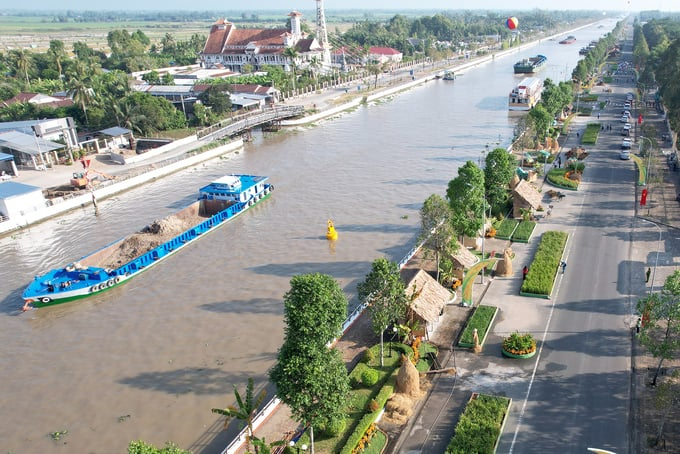
The workshop takes place within the framework of International Festival of Vietnam Rice Industry - Hau Giang 2023. Photo: Tung Dinh.
Nevertheless, the rice reserve volumes of exporting nations would be affected by the rise in export rice production. The price of agricultural materials has increased in tandem with the cost of exported rice, which has had a partial impact on the price of domestic rice. The expenses associated with input materials, including fertilizers and pesticides, have presented a range of obstacles for rice production enterprises and producers, as well as those involved in export processing, in their pursuit of profit maximization.
In recent years, there has been a persistent downward adjustment in the cultivated area of rice throughout the nation. The aforementioned can be ascribed to progressions in agricultural methodologies, encompassing crop selection as well as varied cultivation strategies that accommodate regional circumstances and climate variability. As a result, the stability of rice productivity in Vietnam has been maintained.
The proportion of high-quality rice varieties in Vietnam has risen from 50% in 2015 to 74% in 2020, and is presently at 85%, as reported by the General Statistics Office of Vietnam. Rice exports have maintained a consistent upward trend over the years, with a volume of 6 million tons and an annual value that consistently surpasses $3 billion USD.
According to projections, the aggregate cultivated land dedicated to rice is anticipated to attain 7.1 million hectares in 2023, yielding an average of 60.8 tons per hectare (an approximate 0.8-ton increase in comparison to 2022). The anticipated rice output is anticipated to amount to 43.1 million tons of cereal, an approximate 420 thousand-ton increase from 2022 levels.
Particularly, rice exports are anticipated to increase significantly in 2023 due to global rice market fluctuations. Export restrictions imposed by India, the leading exporter of rice, have significantly increased the rice supply from Vietnam. It is projected that Vietnamese rice exports will attain a value of 4.41 billion USD and a quantity of 7.75 million tons in the initial eleven months of 2023. These figures represent growth rates of 16.2% and 36.3%, respectively, when compared to the corresponding period in 2022. The projected average export price of rice for the initial eleven months is 568 USD per ton, an increase of 17.3% over the corresponding period in the previous year.
The Ministry of Agriculture and Rural Development has promptly issued directives to production management in order to take advantage of the market opportunities that have been identified. This entails advocating for increased paddy consumption as a means to economically benefit producers. Simultaneously, it provides guidance on the execution of enduring strategies to guarantee a sustainable and superior rice supply that safeguards national food security and supports the livelihoods of individuals and enterprises.
The rice industry is undergoing a significant restructuring in the present agricultural landscape with the aim of improving efficiency and promoting sustainable development. The objectives are to fulfill domestic consumption demands, guarantee food security at the national level, establish and enhance the efficacy of the rice value chain, and augment producers' income. This strategy benefits consumers and encourages the export of premium-priced, high-quality rice.
The "Pilot Project for Establishing Standard Agricultural and Forestry Material Areas to Serve Domestic Consumption and Export in the 2022-2025 Period" and "Sustainable Development of One Million Hectares of High-Quality, Low-Emission Rice Farming Linked with Green Growth in the Mekong Delta Region by 2030" are two initiatives currently undergoing implementation within the agricultural sector that are all concerned with rice production.
The primary aim is to enhance the value and promote sustainable development of the rice industry through the implementation of sustainable cultivation practices, reorganize the production system in accordance with the value chain, and establish specialized cultivation areas that are of superior quality and emit minimal emissions.The Global Rice Market and Future Trends Workshop provides us with the opportunity to objectively review and assess the rice industry's domestic and international standing and function. "By doing so, we hope to identify the future trends of rice market development and propose viable solutions that will contribute to the rice industry's sustainable growth," Deputy Minister Tran Thanh Nam emphasized.
Translated by Linh Linh
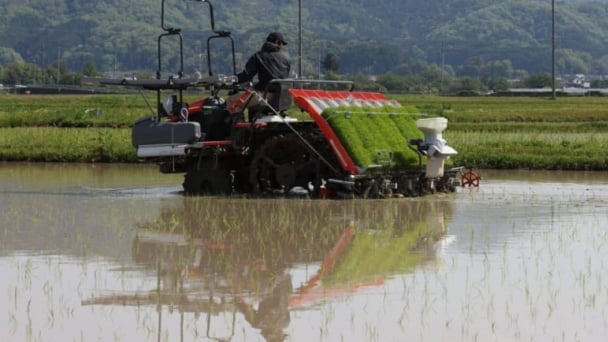
(VAN) Japan's efforts to lower the price of rice through the release of its stockpile may finally be making some progress, albeit at a snail's pace.
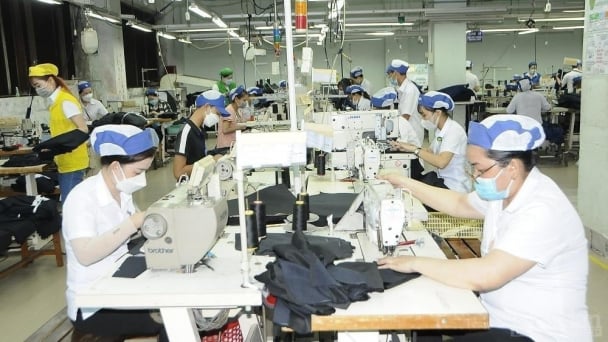
(VAN) U.S. tariffs are not only a 'shock', but also an opportunity for Vietnamese businesses to renew their mindset toward comprehensive development.
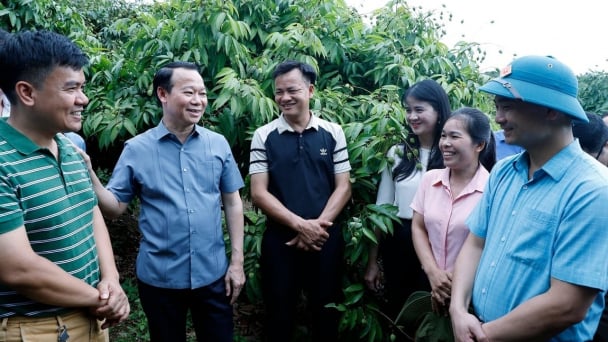
(VAN) As Bac Giang lychee enters the harvest season, Minister Do Duc Duy expects that the fruit will contribute greatly to agricultural exports due to standardized production and deep processing.
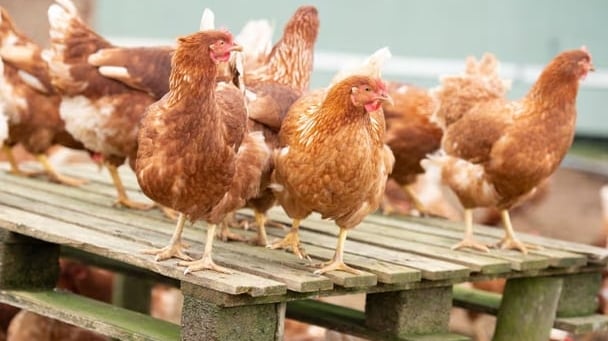
(VAN) Consumers have shown a preference for free-range eggs, but those farming systems are more vulnerable to biosecurity risks like bird flu.
/2025/05/09/5701-1-184335_301.jpg)
(VAN) Vietnam’s eel exports nearly doubled thanks to a mud-free farming model, opening up new prospects while still facing numerous barriers related to international standards.
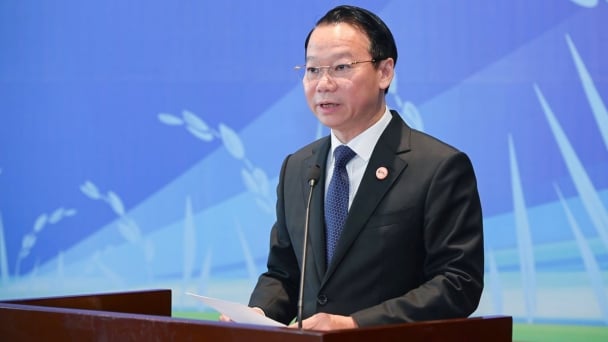
(VAN) Minister Do Duc Duy warned that if production is not professionalized and supply chains are not transparent, the U.S. market could become a growth bottleneck.
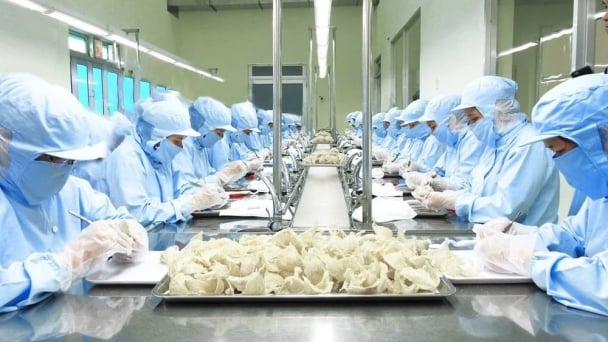
(VAN) Delegating surveillance responsibilities to local authorities is a cost-saving and efficiency-boosting measure that removes a key bottleneck for enterprises, according to Director General Duong Tat Thang.